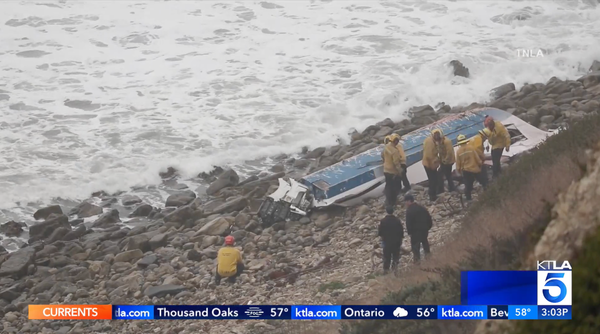
While the US Federal Reserve’s 0.75 percentage point rate hike overnight is huge by historical standards, it comes after a period of preparation by the Fed and its chair, Jerome Powell.
The Fed sent tremors through US and global markets on Monday when it briefed The Wall Street Journal that a bigger increase of 0.75 percentage points would be “considered” at this week’s meeting. But the briefing successfully conditioned markets about what to expect — and overnight, this week’s equity market sell-off abated.
“Clearly, today’s 75 basis point increase is an unusually large one, and I do not expect moves of this size to be common,” Powell said about the decision, before saying he expected the July meeting to also see an increase of 50 or 75 basis points. He said decisions will be made “meeting by meeting” and the Fed will “continue to communicate our intentions as clearly as we can.”
Reserve Bank of Australia governor Philip Lowe might have had similar thoughts when, in a highly unusual appearance, he joined 7.30 on Tuesday night to warn inflation was heading for 7% in Australia by year’s end, not the 6% estimate a month or so ago. That’s laying the groundwork for another 0.5 percentage point lift in the cash rate in July (along with Lowe’s advice to people who foolishly believed the RBA when it said interest rates wouldn’t rise until 2024, which was basically “tough luck”).
The Federal Reserve is also shrinking the size of its huge balance sheet to the tune of US$47.5 billion a day of bonds and mortgage-backed securities, and now intends to accelerate this quantitative tightening later this year to US$95 billion a day. With rates rising sharply, there could be a nasty liquidity shortage crunch coming. It has happened before, in 2013 and 2019.
There was also a timely reminder overnight that the Fed’s confidence about the health of the US economy might be misplaced, with a surprise 0.3% fall in US retail sales in May. As well, the result reduced its April sales result from 0.9% to 0.7% — a clear sign higher petrol prices are affecting spending patterns in the US. Economists are now saying American consumers are dipping into savings to maintain spending, as well as starting to ration their expenditures as petrol prices rise to and above US$5 a gallon.
Retail sales are the best indicator of consumption patterns in the economy and what consumers are doing. All advanced economies depend heavily on consumers and at the moment consumers are starting to pull in their horns and trim spending while using some savings.
Economists and the RBA have been pointing to high rates of saving in Australian households as evidence the economy can handle more big interest rate rises. But that can only go on for so long before wallets snap shut and credit cards are put away. In an atmosphere of serious consumer gloom like that now pervading Australian households, that might be sooner than a lot of observers think.
There’s an adage in central banking that you’re just one rate rise away from a recession. How long the “shock and awe”-style big rate hikes can go before bringing one on is a live question.







